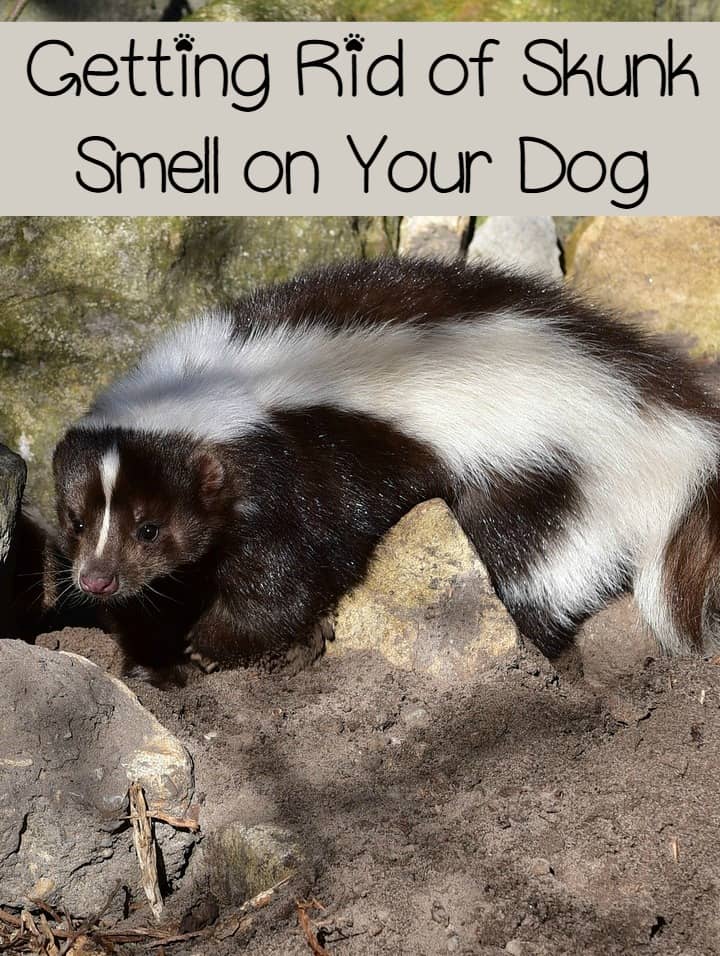Table of Content
If you find one biting you, however, use a pair of tweezers to grab it and pull it off, then flush it. Making a Tick Back Out The only sure way to avoid tick bites is to stay away from places where they are generally known to reside. This means steering away from grassy or wooded areas. Areas where fleas, ticks, or pest-ridden animals can enter your home should be sealed and covered.
Remember to apply the treatment the same day you clean your home and treat it with a chemical solution, so your pets don't carry fleas back into the house. Your veterinarian should be able to supply you with a safe, effective treatment for your pet. As the pesticide takes action in your home, it will kill adult fleas and ticks, and continue killing them as more hatch.
Frequently asked questions on dealing with a tick infestation
You can try to remove it with tweezers, but if you can’t, it’s no problem. Avoiding run-ins with pesky ticks is an important task, especially during the summer months. Keep your yard and home tick-free without the use of chemical-laden commercial repellents. After it’s removed, per the CDC, the tick can then be drowned in rubbing alcohol, suffocated in a sealed bag or between layers of tape, or flushed down the toilet for extermination. If you find a tick inside crawling in the house, remember not to just step on it or try to crush it.

Don't forget carpets and curtains, and the underside of tables, chairs and sofas. Make sure to read the label for exact directions. If the part of the head breaks off when you pull the tick out, that’s OK.
Follow-up treatments
Cut your grass regularly, remove tall grasses or shrubs, and be sure to pick up all grass cuttings promptly. For best results, choose a permethrin insecticide spray that’s safe to apply to the surfaces and plants you want to target. Read the product label closely, and make sure to wear protective clothing as you apply. When it comes to pesticides, permethrin is one of the most effective at killing ticks. Another way to identify ticks in your yard is to check your pets after they come inside. If you find ticks on your outdoor pets, there’s a good chance they’re picking the ticks up in your yard.
Treat your yard with a tick-killing pesticide that’s approved in your area. Typically, the best time to use one of these treatments is in late May or early June, when outdoor tick populations start to rise. To kill fleas and ticks in your home, start by washing all your clothing, bedding, and soft toys on the hottest setting of your washing machine. Then, dry the load on the highest heat setting as well to make sure that all the fleas or ticks are dead. Next, vacuum the surfaces of your entire house to get rid of any insects or larvae and dispose of the bags right away. Fleas and ticks in your home can be a nuisance, and if they aren’t dealt with properly, they can just keep coming back.
How fast do ticks reproduce?
There’s no way to know if ticks are present, though, unless you test for them. In addition to being unsettling to look at, ticks transmit a variety of diseases, including Lyme disease, Rocky Mountain spotted fever, tularemia, and more. Tick yard treatment is based on the size of your yard and the number of times an exterminator has to return to the property for retreatment.
Females of the species, the ones that feed on blood, are red-brown with a light colored dorsal shield, although the light coloration may appear as a border around a darker center. Like deer ticks, American dog ticks like feeding on both humans and pets, especially dogs. They are one of the primary vectors of Rocky Mountain spotted fever. Ticks will start to die within 24 hours of the application of drops.
"It's actually the glass shells of diatoms, which are minute sea creatures. As the diatoms die in the sea, the glass shells pile up on the seafloor," says Potzler. Ticks don't like it, and it's non-toxic and safe for other arthropod animals, like caterpillars. Use collars, sprays, skin treatments, or dips that will kill fleas and ticks that come in contact with your pets.
Leaving the head behind can increase the chances of developing an issue like Lyme disease. Always wear bug repellent when you leave the house, so you don’t pick ticks up and bring them home. This natural powder dehydrates the ticks, preventing them from becoming a problem. Ground feeding birds such as chickens and ducks are great for tick pest control. Don’t forget to wash your pet’s bedding, towels and blankets.
You may have freed your home of ticks but you must also take certain measures to keep them from coming back. In case that the number of ticks in the house is more than you can handle, consider the help of professional fumigators to treat your home. Weeks after your home is treated, continue vacuuming to ensure that all ticks in varying stage are completely gone. Ticks like to hide in the woods, brush and tall grass where they clump together or hang out alone and wait for an animal to unknowingly pick them up.

By the time you notice, the tick is likely engorged on a bloodmeal. Treat your pets with a tick and flea medication and carefully check your pets over when they come inside. Deer and mice are known carriers of ticks and diseases, so work to keep both out of your yard. To keep deer out of your yard, you can use a scent repellant or a motion or sound repellent. Even something as simple as wind chimes could do the trick. A fence or keeping an active dog outside are also good options.

No comments:
Post a Comment